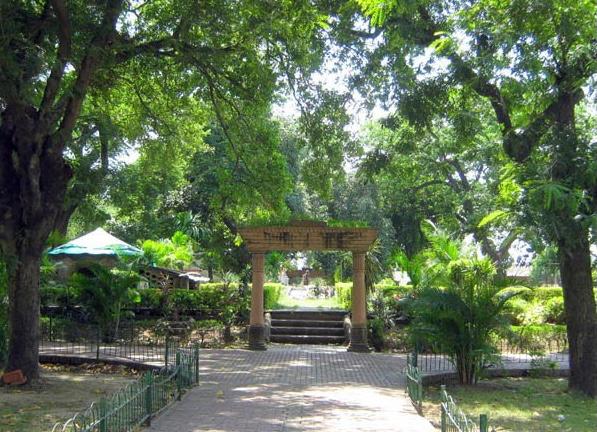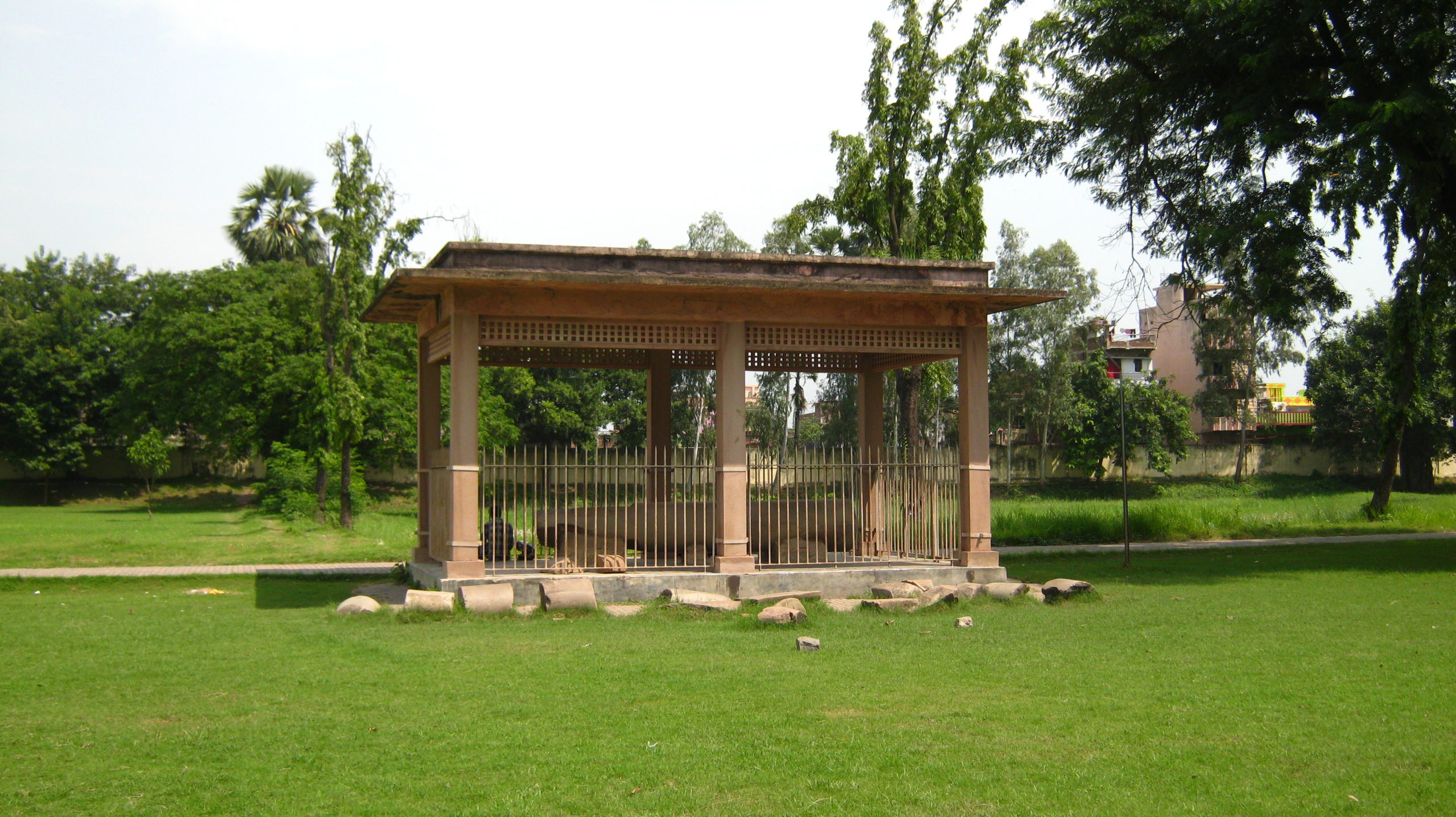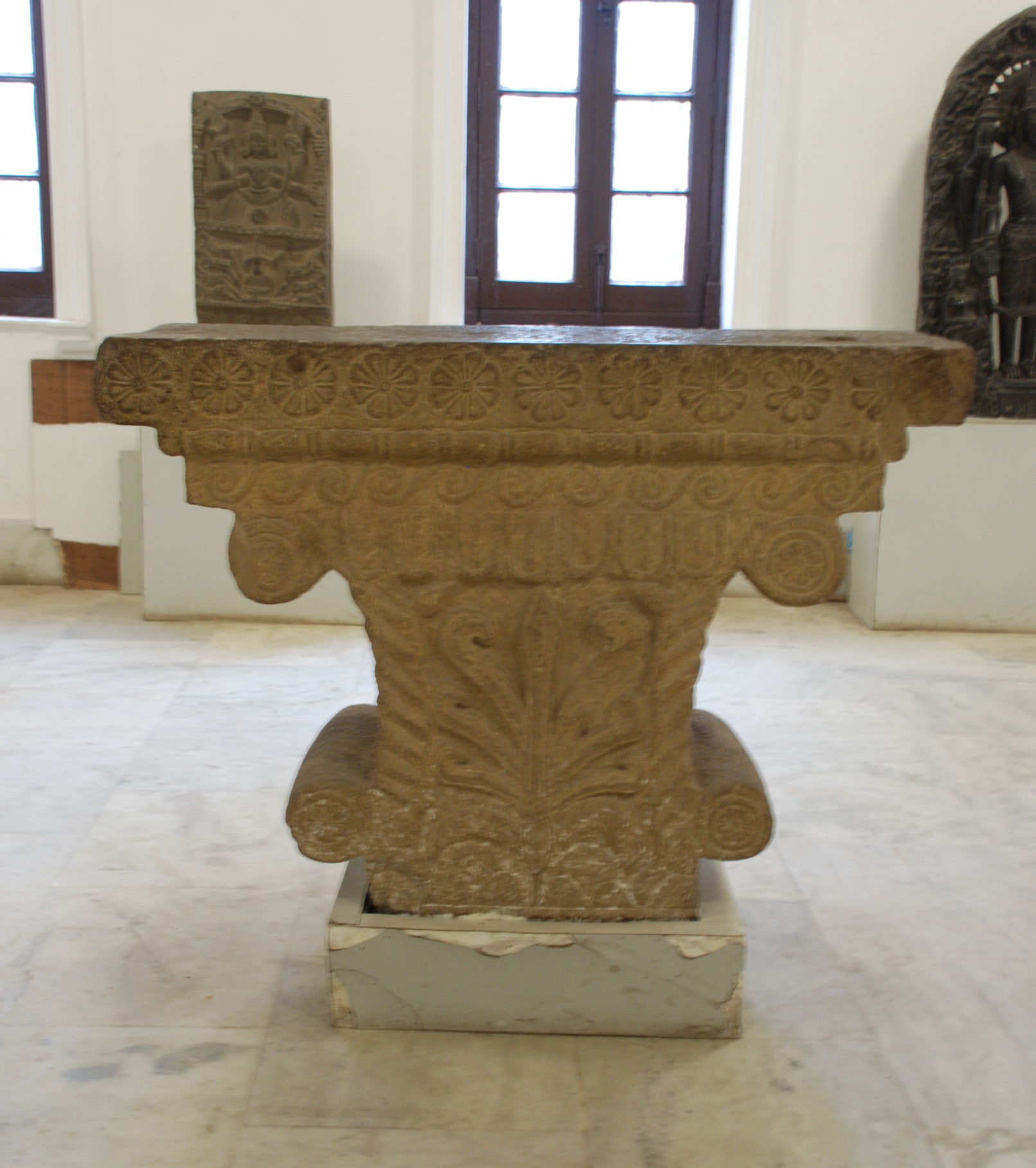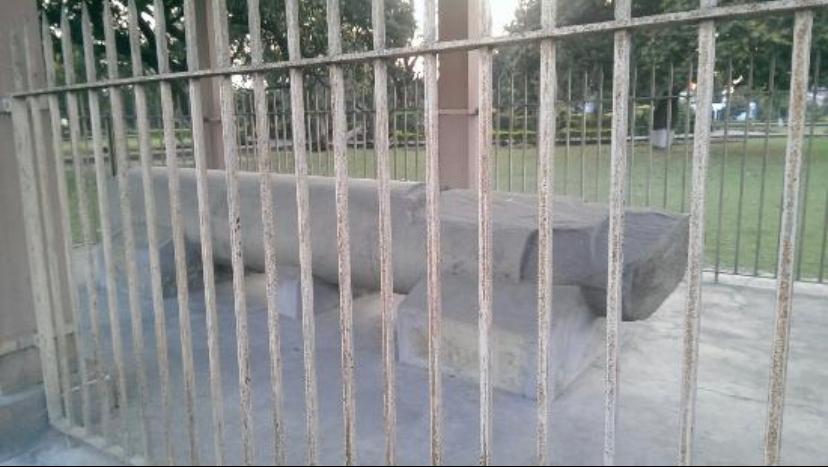
 By Nandini Bhushan
By Nandini Bhushan
Bihar has derived its name from the word “Vihar”, which means monastery, a place where monks lived together. It was here that Buddhism flourished in its initial day and the region was dotted with some of the important Buddhist monasteries or Vihars.
Such is the essence of its historical importance that Bihar itself represents history. Indian civilisation is believed to be one of the oldest civilisations in the world and Bihar has occupied the central place of activity and the seat of power for a major period of this great civilisation.
Yet, despite its historical importance, Bihar has been quite underrated and not a popular destination among tourists exploring the places witnessing great moments of history, largely because of the ignorance of people, just as most people are about Bihari cuisine. The fact is that Bihar has been an integral part of our glorious Indian history, yet it remains an unexplored historical travel destination, and has therefore been quite underrated among tourists. Blessed with remarkable relics and monuments from ancient dynasties and deeply linked with Indian history as a spiritual and learning center, it definitely deserves better treatment.
In this blog, I bring to you the historical sites of Bihar and its glorious past. Here is Bihar from the lens of an avid history lover to give you a chance to peep in the rich heritage of this glorious land of Buddha.
Kumhrar

Situated in Patna, Kumhrar is an archaeological site with glimpses of past centuries and a living sign of a glorious past where the remains of the ancient city of Pataliputra were excavated. It is mythologically believed that the city of Pataliputra was built by King Putrak, who named it after his wife Patala, as a token of his love and honour, and was initially called Pataligrama. Later after the birth of their first son, the name of the city was changed to Pataliputra.

If you turn the pages of history, you will find that this historical city was ruled by four important royal dynasties between 322 to 185 BCE. Kumhrar was discovered in the excavation done during 1912 to 1915 by the Archeological Survey of India. The earlier excavation showcased 72 pits of ash and rubbles that showed where the pillars originally stood.

Later about eight pillar pits were also found taking the total pillar count to 80. The relic represents the regime of the four continuous periods of the great empire that included Ajatshatru of the Haryanka dynasty, Chandragupta and emperor Ashoka of the Mauryan dynasty.
 As you walk through the ruins of the assembly hall or Chandra Gupta sabha, you realise that the pillars had a great significance in the Mauryan dynasty and were made of chunar or sandstone. Besides, wood was the main thing that was used for architecture.
As you walk through the ruins of the assembly hall or Chandra Gupta sabha, you realise that the pillars had a great significance in the Mauryan dynasty and were made of chunar or sandstone. Besides, wood was the main thing that was used for architecture.

There is also evidence of monastery cum hospital ‘Arogya Vihar‘ from the Gupta dynasty as wooden beams, a clay figure and a brick foundation was excavated from this site. Such was the magnificence of Pataliputra, that the Chinese traveler Fa Hien during his visit was immensely impressed by its grandeur and had mentioned it as a “God Gift”. The Greek ambassador Meghasthenes had also mentioned about this glorious city in his writings.

Mauryan dynasty marked the beginning of a new cultural history and the stupas, pillars, caves were the most iconic structure during the Mauryan times. The original assembly hall with eighty-six pillars is not visible since the 1990s, as it was covered with mud and sand by the Archeological Survey of India to protect it from perpetual flooding. A lone pillar with some inscriptions is on display in Kumhrar as the last signature of the great ancient city of Pataliputra. Some remains are even preserved in the Patna state museum.





